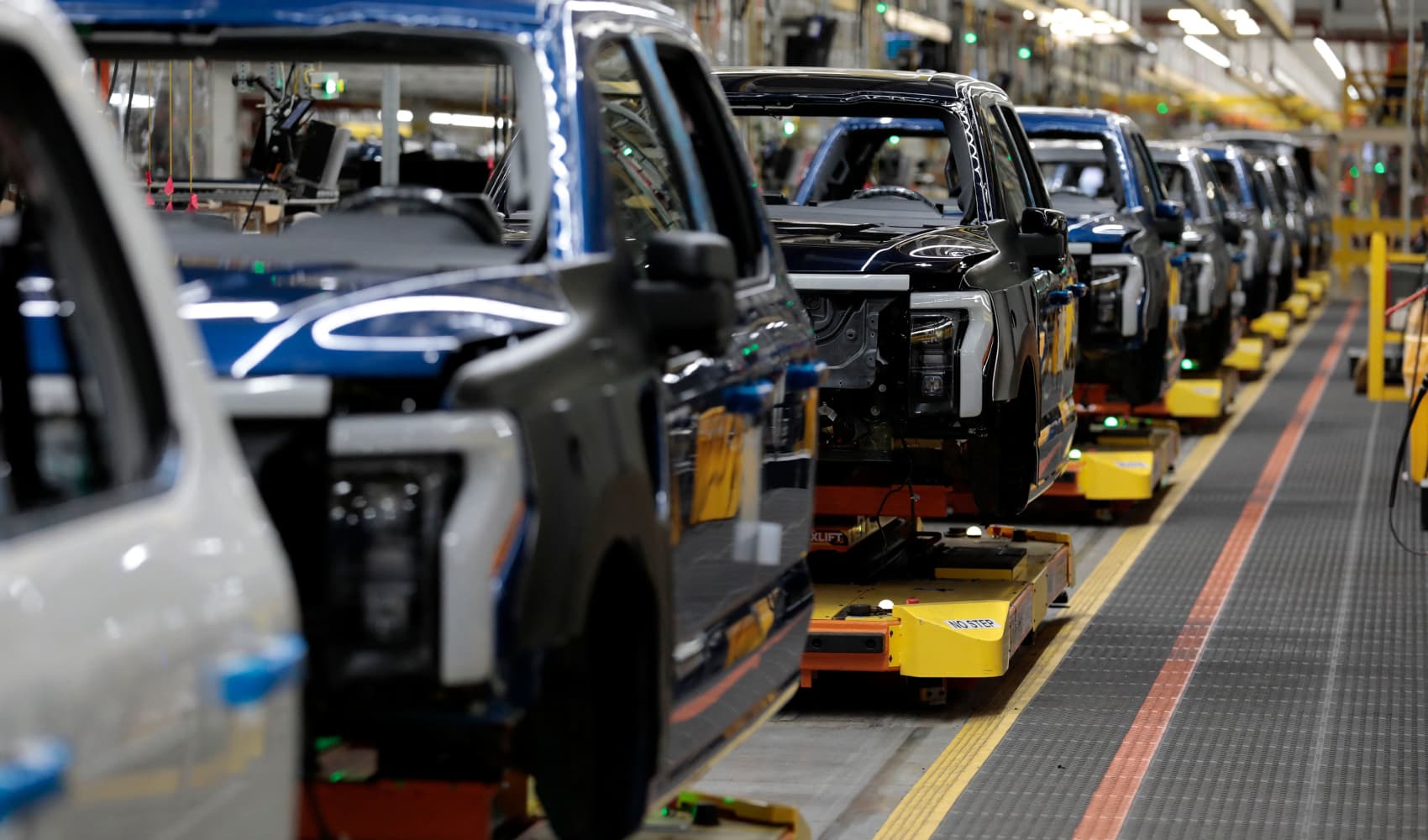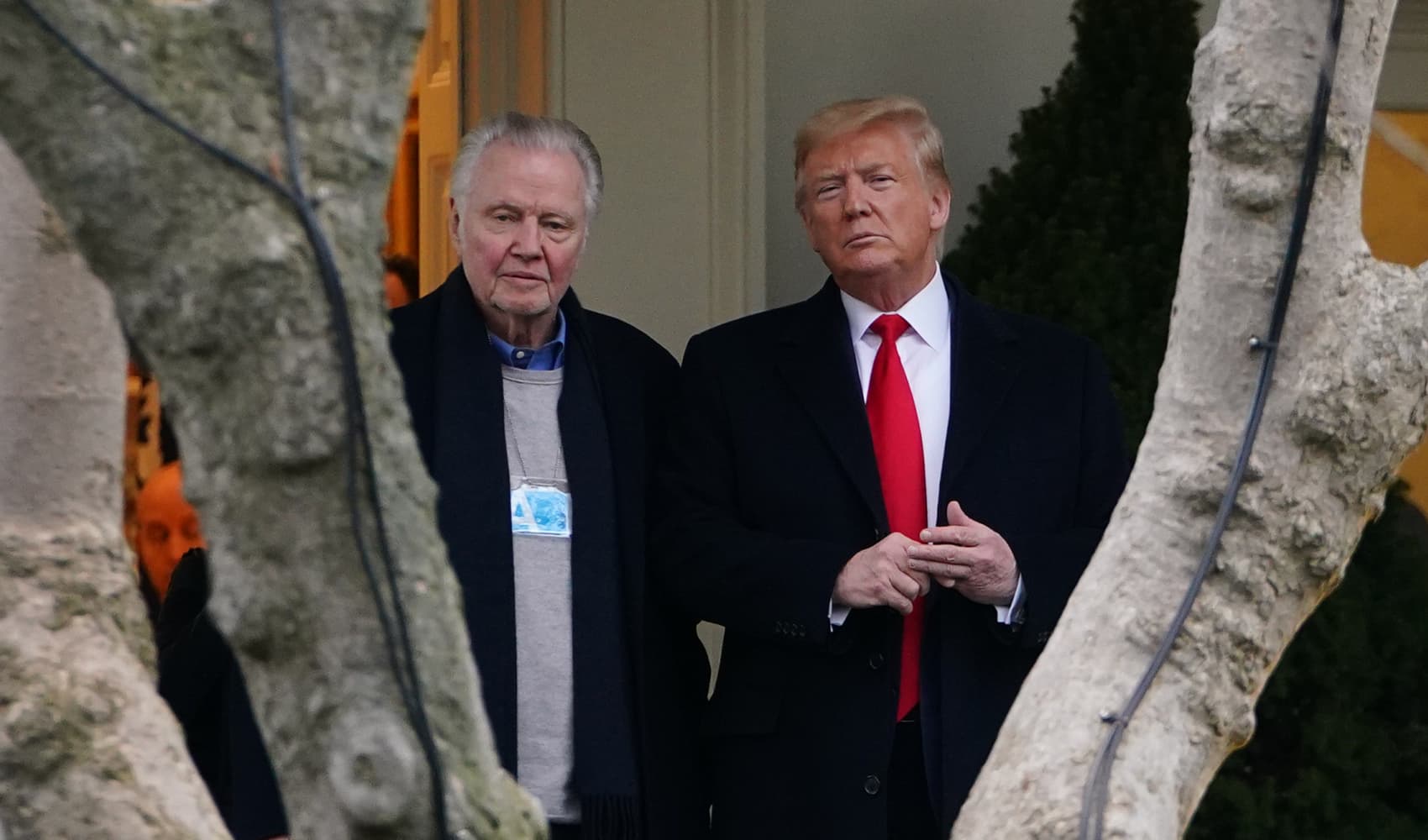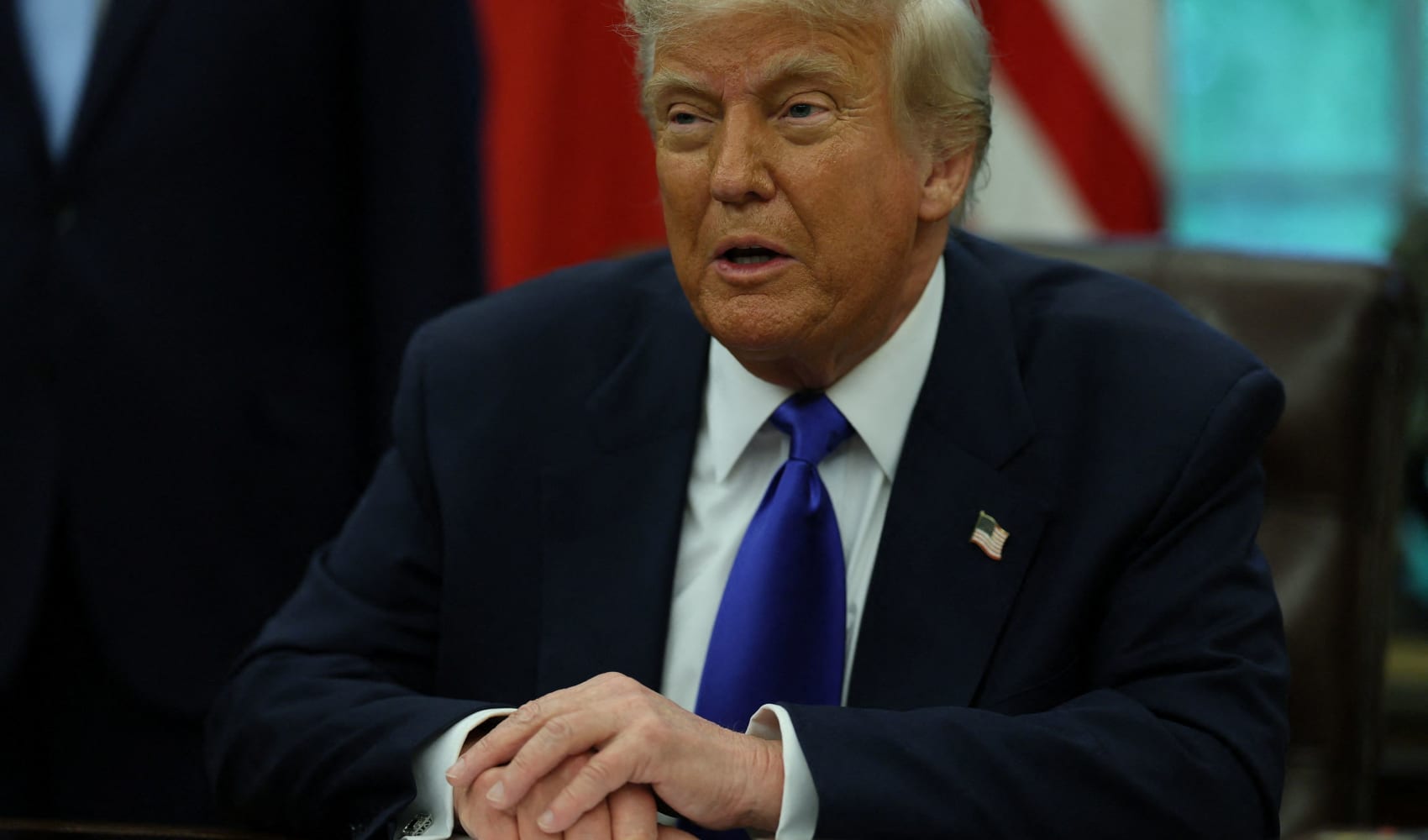Automakers Moving to the US? The Complex Reality Explained
Revving Up American Auto Jobs: Can Trump's Vision Become Reality?
The American Auto Dream: A Complex Road Ahead
President Donald Trump's vision of a resurgent American automotive industry, fueled by vehicles built on U.S. soil, is certainly appealing. Who wouldn't want to see more "Made in the USA" stickers on cars and more jobs created right here at home? But transforming that vision into reality is far more complex than simply flipping a switch. It's not like telling your kids to clean their rooms – moving massive assembly plants involves a logistical and financial undertaking of enormous proportions. Think of it as moving a small city, but instead of people, you're moving gigantic stamping machines, robotic arms, and miles of conveyor belts. Let's dive into the challenges and realities behind this ambitious plan.
The Immense Scale of Relocation
Relocating an automotive assembly plant isn't like moving your home office to a different room. It's a multi-year project involving meticulous planning, massive construction, and significant financial investment. We're talking about structures that can span hundreds of acres, equipped with specialized equipment worth millions, if not billions, of dollars. The cost alone can be a major deterrent.
Beyond the Buildings: A Whole Ecosystem
It's not just about the physical building, though. A car factory is part of a larger ecosystem. Relocating also requires building infrastructure, hiring and training a skilled workforce, and establishing a reliable parts supply chain. Think of it as building a house – you need the foundation (the factory), the electricity and plumbing (infrastructure), the furniture and appliances (the supply chain), and the people to live in it (the workforce).
The Time Factor: A Test of Patience
Rome wasn't built in a day, and neither is an auto plant. The planning and construction phases alone can easily take several years. Consider the environmental impact studies, permits, zoning regulations, and the sheer physical construction required. This isn't a quick fix to any economic woes.
The Cost Conundrum: Who Pays the Price?
Building a new assembly plant or significantly expanding an existing one involves a staggering amount of capital. Automakers must weigh the potential return on investment against the significant upfront costs. Will the increased U.S. production justify the expense? Are consumers willing to pay a premium for "Made in the USA"? These are crucial questions that CEOs and CFOs grapple with.
Tariffs: A Double-Edged Sword
Trump's suggestion of delaying tariffs to encourage U.S. production is a classic carrot-and-stick approach. Tariffs can incentivize automakers to produce domestically, but they can also increase costs for consumers and potentially spark trade wars. It's a delicate balancing act.
Workforce Woes: Finding and Training Skilled Labor
A state-of-the-art factory needs a skilled workforce to operate it. Finding and training enough qualified workers to staff a new assembly plant can be a major hurdle. We need to invest in vocational training programs and apprenticeship opportunities to prepare the next generation of auto workers.
The Robotics Revolution: Automation's Impact
Modern auto plants rely heavily on automation. While robots can increase efficiency and precision, they also raise questions about job displacement. Finding the right balance between automation and human labor is essential.
Supply Chain Snags: Sourcing Parts Domestically
Even if a vehicle is assembled in the U.S., many of its parts may come from other countries. Building a robust domestic supply chain is crucial for true "Made in the USA" vehicles. This requires attracting parts suppliers to invest in U.S. operations.
Market Dynamics: Consumer Demand Drives Production
Ultimately, consumer demand dictates where automakers choose to produce vehicles. If consumers prefer imported cars, automakers may be hesitant to invest heavily in U.S. production. Understanding and responding to market trends is key.
Geopolitical Considerations: The Global Landscape
The automotive industry is a global business. Political stability, trade agreements, and international relations all play a role in automakers' production decisions. Any major shift in the geopolitical landscape can have significant consequences.
Incentives and Regulations: The Role of Government
Governments can influence automakers' decisions through incentives such as tax breaks and subsidies, as well as regulations related to environmental standards and labor laws. A supportive regulatory environment can encourage investment in domestic production.
The Lure of Lower Labor Costs
One of the major factors driving automakers to produce vehicles in other countries is lower labor costs. Closing the labor cost gap between the U.S. and other countries is a significant challenge.
Environmental Impact: Sustainable Manufacturing
Modern auto plants must adhere to strict environmental standards. Investing in sustainable manufacturing practices is not only good for the planet but also enhances a company's reputation. Think of it as greening the entire process, from sourcing materials to assembling the final product.
The Future of American Auto Manufacturing: A Glimmer of Hope?
Despite the challenges, there is still reason for optimism about the future of American auto manufacturing. Technological advancements, government incentives, and a renewed focus on domestic production could all contribute to a resurgence in the industry. It's a long game, but with strategic planning and collaboration, the American auto dream could still become a reality.
Conclusion: A Complex Puzzle with Many Pieces
President Trump's desire to see more vehicles produced in the U.S. is understandable, but the path to achieving that goal is paved with complexities. Relocating or expanding auto production is a costly, time-consuming endeavor that requires careful consideration of infrastructure, workforce, supply chains, and market dynamics. While incentives and regulations can play a role, ultimately, consumer demand and global competitiveness will determine the future of American auto manufacturing. It's not a simple "move" - it's a complex puzzle with many interdependent pieces.
Frequently Asked Questions
- Q: How long does it typically take to build a new auto assembly plant?
- A: The construction phase can take anywhere from 2 to 4 years, depending on the size and complexity of the facility. Planning and preparation can add another year or two.
- Q: What are some of the biggest challenges in moving an auto plant?
- A: The biggest challenges include the cost of relocation, building new infrastructure, hiring and training a skilled workforce, establishing a reliable supply chain, and navigating complex regulatory environments.
- Q: How do tariffs affect auto production decisions?
- A: Tariffs can incentivize automakers to produce vehicles in the U.S. to avoid import taxes, but they can also increase costs for consumers and potentially lead to trade disputes.
- Q: What role does automation play in modern auto manufacturing?
- A: Automation plays a significant role in increasing efficiency and precision, but it also raises concerns about job displacement. Finding the right balance between automation and human labor is crucial.
- Q: What can be done to encourage more auto production in the U.S.?
- A: Government incentives, investment in workforce training programs, a supportive regulatory environment, and efforts to strengthen the domestic supply chain can all help encourage more auto production in the U.S.




